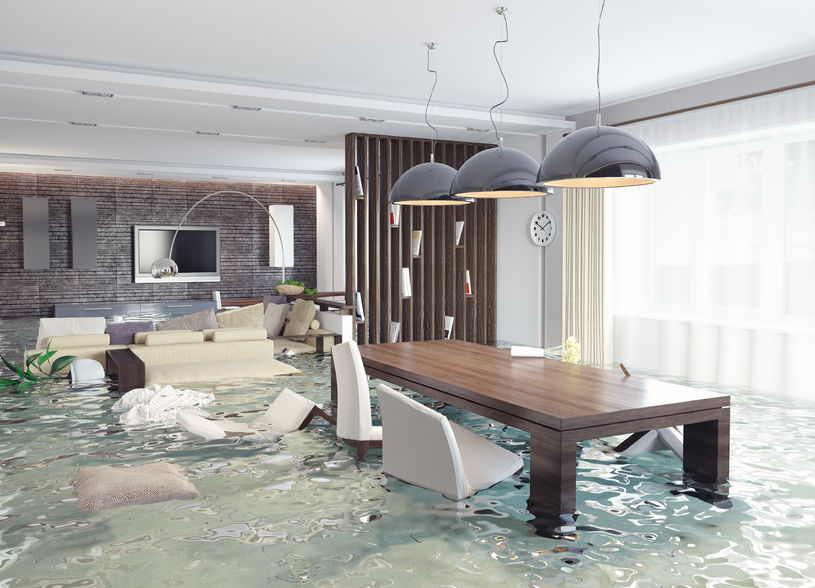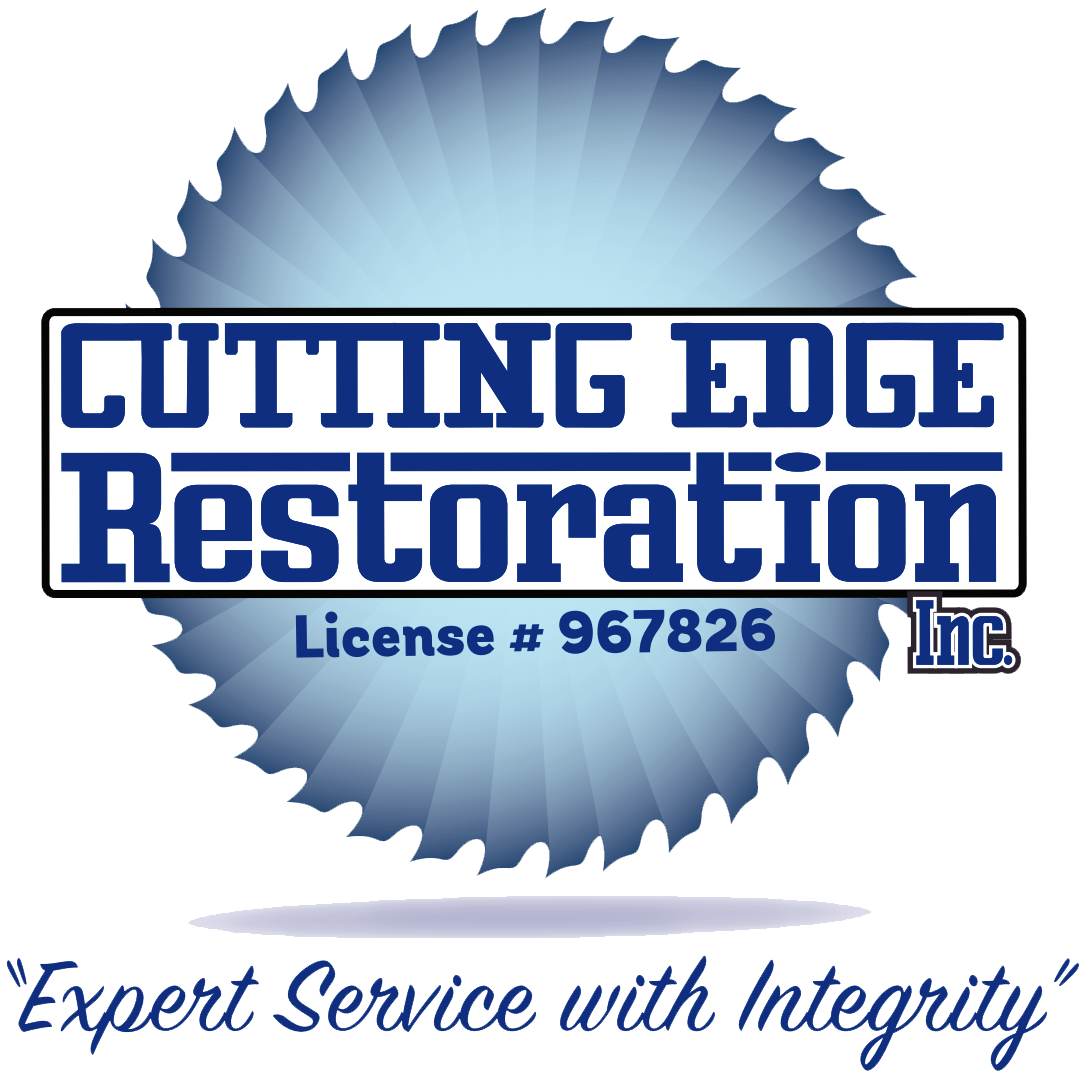
Water damage may appear straightforward at first glance, but industry professionals categorize it into three distinct levels based on contamination and health risks. Whether you’ve experienced a broken pipe or severe flooding, understanding what category your situation falls under is essential for determining the right response—and just how urgent it is.
Each category not only impacts how the cleanup is performed but also influences how quickly mold might grow, what materials may need to be replaced, and how safe the property is to inhabit. If left unaddressed, even minor water exposure can evolve into more significant issues. That’s why categorization matters.
Let’s break down the three main categories of water damage and highlight the warning signs and risks associated with each.
Category 1: Clean Water Damage
This is considered the least hazardous type of water damage. It typically originates from a clean source, such as broken water supply lines, faucet leaks, or overflowing sinks without contaminants. Because the water is free from harmful bacteria or chemicals, the cleanup process is more straightforward if addressed quickly.
However, time is crucial. According to this article by FEMA, standing clean water can become gray water within 24 to 48 hours, especially if it interacts with dust, dirt, or surfaces that harbor bacteria. If untreated, clean water damage can escalate quickly to a more dangerous category.
Signs of Category 1 damage:
- Wet carpets or rugs near sinks or appliances
- Puddles under toilets or water heaters
- A dripping ceiling from a pipe leak
Although it may appear harmless, this type of damage can lead to mold growth and structural weakening if not addressed in time.
Category 2: Gray Water Damage
This type of water carries some level of contaminants that may cause illness or discomfort if consumed or contacted. Sources include dishwasher overflow, washing machine discharge, and sump pump failures. Gray water often contains detergents, food particles, or urine, making it more hazardous than clean water.
Cleaning up gray water requires proper protective gear and antimicrobial treatment to prevent bacterial growth. In some cases, porous materials like carpet or drywall affected by gray water may need to be removed and replaced.
The DOH highlights the health risks of exposure to gray water, especially in households with vulnerable individuals, such as children or those with compromised immune systems.
Signs of Category 2 damage:
- Wet flooring near laundry machines or dishwashers
- Musty smells following a leak
- Dark stains or warped surfaces with no apparent cause
If you notice water damage in areas that use gray water systems, it’s best to act fast before bacteria begins to multiply.
Category 3: Black Water Damage
Black water is the most hazardous category of water damage. It is highly unsanitary and poses serious health risks due to the presence of bacteria, viruses, and possibly toxic substances. This includes sewage backups, floodwater from rivers or oceans, or water that has been stagnant long enough to breed pathogens.
Common causes include:
- Backed-up toilets or septic overflows
- Natural flooding events
- Long-standing water leaks
Because of its toxicity, black water usually results in the removal of most porous materials it touches, including carpets, drywall, and insulation.
What Happens if Damage Isn’t Classified Correctly?
Failing to accurately identify the water category can lead to health risks, increased property damage, and even legal complications if insurance claims are involved. For example, treating black water damage like it’s clean water may result in an inadequate cleanup that allows mold to spread or bacteria to linger.
Mold growth, as noted in this Mayo Clinic article, can trigger serious allergic reactions or respiratory issues. It’s another layer of danger that can arise when the original water damage isn’t handled correctly from the beginning.
Why Professional Assessment and Cleanup Is Essential
While minor spills or leaks may be easy to manage with DIY solutions, water damage involving gray or black water should never be underestimated. Professional technicians are trained to assess water categories accurately, implement appropriate containment, and use industrial tools to sanitize, dry, and restore the space.
They also have access to moisture meters and thermal imaging to find hidden dampness behind walls or under floors—where problems often go unnoticed until major damage occurs.
Cutting Edge Restoration – Water Damage Restoration in Southern California
Whether you’re dealing with a clean leak or a major sewage backup, every water event deserves careful handling. At Cutting Edge Restoration, we specialize in identifying and remediating all categories of water damage for homes and businesses throughout Southern California. Our team uses proven methods to restore safety, cleanliness, and peace of mind—no matter the source or scale of the problem.
